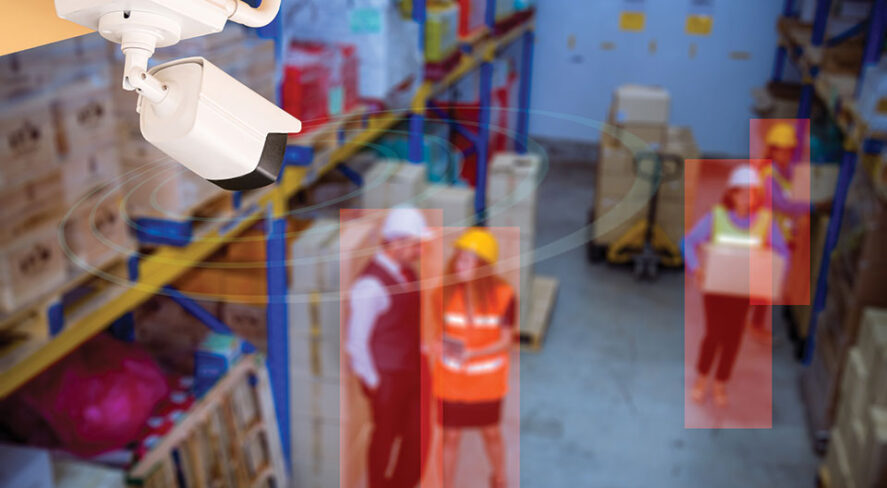Using AI Technology to Mitigate Risk and Enhance Productivity

Software can relieve workers of an increasing number of tasks

Artificial Intelligence (AI) is becoming increasingly prevalent in daily lives. Unlocking a phone with facial recognition, using voice assistants such as Siri or Alexa, traveling in self-driving cars, and relying on fraud detection algorithms are examples of people using AI without necessarily recognizing it as such.
AI is being implemented all over the world across many industries to advance other technologies.
Enhancing worker safety, ensuring compliance with regulations and saving time and money are a few of the ways the technology can help to reduce risk and benefit organizations.
AI for Worker Safety and Workers’ Compensation
AI can be used to improve worker safety by detecting hazardous conditions in the context of non-human physical danger. The technology can analyze video camera streams on a manufacturing floor to identify safety violations, such as the mishandling of equipment or other hazardous conditions. For example, AI can spot loose electrical wires, open fires, smoke, liquid spills, messy conditions, workers entering restricted areas, or even workers not wearing protective equipment like hardhats and safety vests.
The use of AI to monitor camera feeds, meanwhile, can be helpful for determining how situations arose. It can also provide real-time notifications of safety concerns.
With regard to safety in the context of human contact and personal violence, AI can help by identifying guns, weapons, crowding and loitering, and can aid in investigations by showing how an unauthorized person gained access to a building.
AI can further be used to summarize video content. In many of the above situations, the story evolves over an extended period of time covering multiple camera views. AI can analyze video streams and pick out the specific segments of interest, greatly reducing the amount of time it would otherwise take to comb through many hours of video recordings.
The technology can help in similar ways in workers’ compensation cases, by providing visual documentation of accidents and other incidents. However, if a company’s security cameras are not properly managed or are not recording optimally, this diminishes the chances that they will be beneficial. Installing AI software to monitor for blurriness or obstructions is an effective way to address this issue. Deploying cameras that can be easily maintained and monitored through such use of AI is an easy way to reduce the likelihood of major problems and the resulting financial and reputational damage to an organization.
AI for Compliance
The first required step to compliance is setting up a system to meet the rules. The second step is constantly monitoring that everyone in the organization is following those rules, avoiding all deviations, both accidental and intentional. AI can remove the burden of having multiple people trying to supervise every situation throughout the workday. Getting too close to heavy equipment, dumping waste where it is not allowed, and theft are just some of the situations in which AI can assist with detecting and assessing the situation. This allows workers to focus on other duties.
Compliance regulations and laws vary across industries and states. College campuses, prisons, cruise ships, gun stores, marijuana dispensaries and liquor stores are all regulated differently, and AI is adapting to keep organizations compliant.
AI for Time and Money Savings
AI software helps to make tasks more efficient and reduce the risk of human error. It can also identify areas of inefficiency, which can reduce costs.
New tools and programs such as cybersecurity, data management and AI software are all ways to boost productivity and save time that businesses can use on product development. These new technologies enable organizations to operate at a higher level than before.
For example, when sorting through video content for a specific incident, AI can highlight where and when to look for evidence. Allowing AI to take over repetitive tasks reduces the amount of time an employee has to spend on mundane projects, giving them the opportunity to focus on more productive activities.
Looking Toward an AI-Focused Future
AI can be used in several ways, such as monitoring for worker safety, meeting compliance requirements, and saving time and money to improve productivity. As new technology and software become available, AI will be integrated into many new advancements.
Taking charge and implementing AI software into everyday life will help companies stay ahead of the competition. It will also help to mitigate risk and make the business more efficient.
